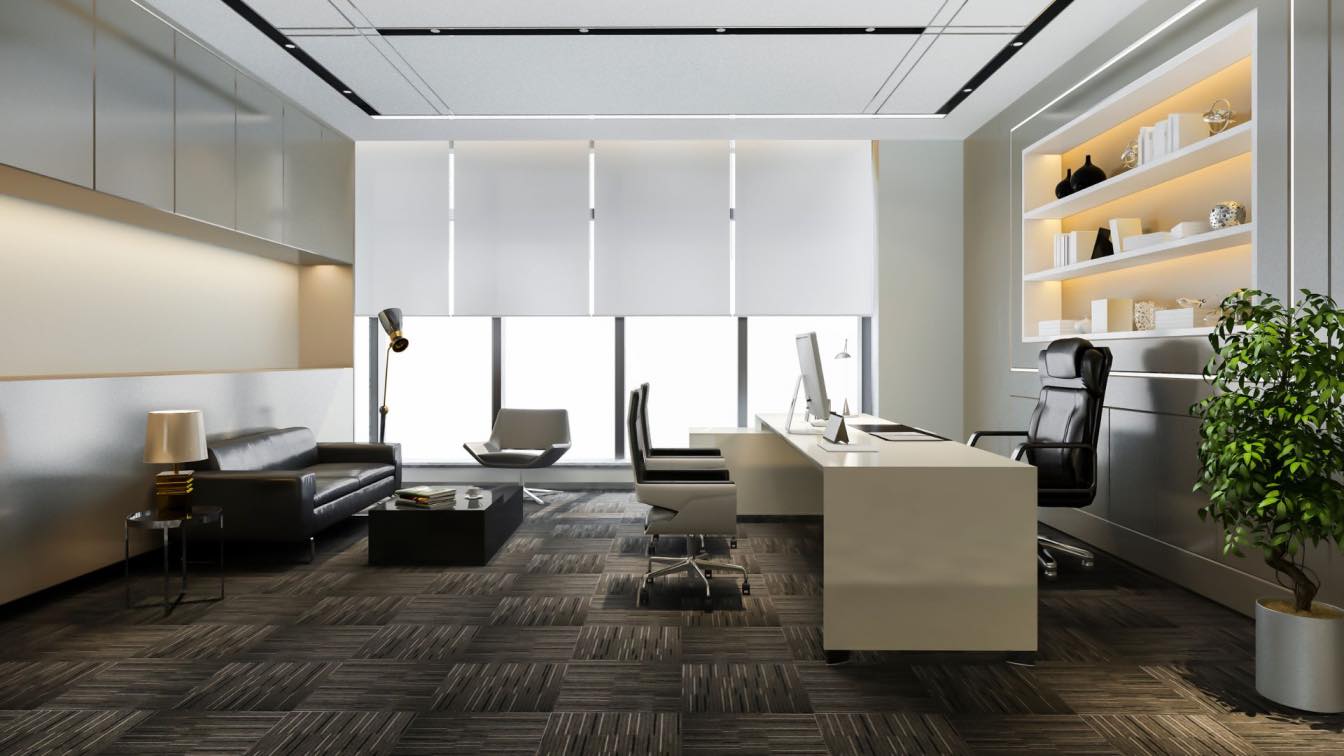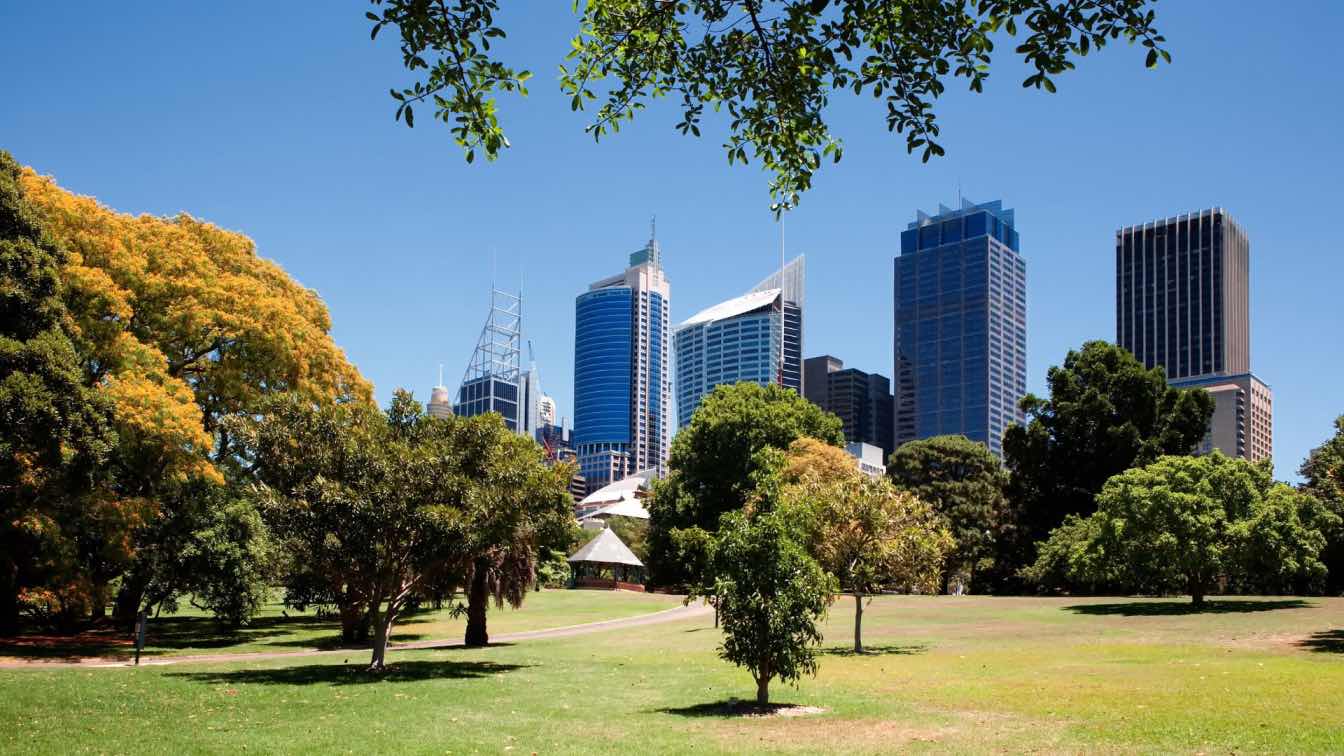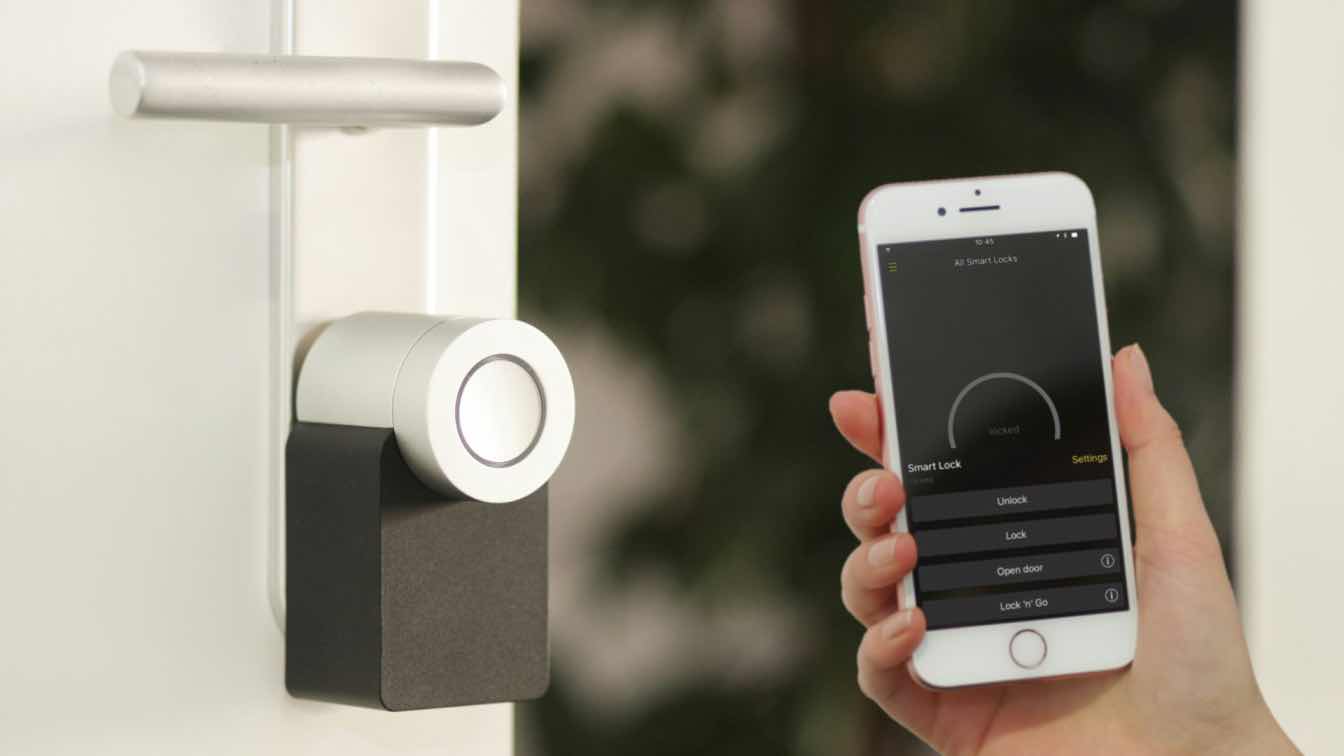When it comes to office furniture, there are two prominent styles that often come to mind: modern and traditional. Each type has its unique characteristics, aesthetics, and functionality. Choosing the right office furniture style is essential as it sets the tone for your workspace and influences employee productivity, comfort, and overall atmosphere.
This article will explore the differences between modern and traditional office furniture Adelaide and provide insights to help you find your style.
Modern Office Furniture:
Sleek lines, minimalist design, and a contemporary aesthetic characterize modern office furniture. It embraces simplicity and functionality, focusing on clean and uncluttered spaces. Some key features of contemporary office furniture include:
Clean and minimalist design: Modern furniture features straight lines, smooth surfaces, and simple shapes. It creates an open and spacious feel in the office.
Use of materials: Modern furniture incorporates various materials, including glass, metal, and engineered wood. These durable, lightweight materials contribute to the sleek and polished look.
Ergonomics: Modern office furniture prioritizes ergonomic design to promote employee comfort and well-being. Modern offices commonly use adjustable chairs, standing desks, and ergonomic accessories.
Technology integration: With the rise of technology, modern office furniture incorporates features to accommodate devices and promote seamless connectivity. Built-in charging stations, cable management systems, and integrated power outlets are common in modern workstations.
Traditional Office Furniture:
Traditional office furniture is known for its classic and timeless appeal. It reflects a more formal and sophisticated style, often inspired by historical design elements. Some key features of traditional office furniture include:
Ornate details and craftsmanship: Traditional furniture features intricate detailing, decorative moldings, and carvings that add elegance and luxury.
Rich and warm materials: Traditional furniture often utilizes hardwood, such as mahogany or cherry, which exudes a sense of richness and durability. Upholstery is typically made from high-quality fabrics or leather.
Formality and hierarchy: Traditional office furniture often includes large, imposing desks and high-back chairs, symbolizing authority and order in a more traditional work environment.
Storage and organization: Traditional furniture prioritizes storage with large bookcases, filing cabinets, and credenzas to keep important documents and supplies within reach.
Finding Your Style:
When choosing between modern and traditional office furniture, consider the following factors to find your preferred style:
Company culture and industry: Assess your company's culture, values, and industry. Modern furniture may better fit innovative and creative industries, while traditional furniture may align with more formal or conservative fields.
Employee preferences: Consider the tastes and needs of your employees. Some may thrive in a modern and open environment, while others may prefer the comfort and familiarity of traditional furniture.
Space utilization: Evaluate the layout and size of your office space. Modern furniture is often designed to maximize space and create an open, airy feel, making it suitable for smaller or shared workspaces. Traditional furniture may work well in larger, private offices.
Longevity and adaptability: Consider the longevity of your chosen style. Modern furniture has a timeless appeal, while traditional furniture may require more periodic updates to stay current.
Conclusion:
Choosing the right office furniture style, whether modern or traditional, is essential for creating a workspace that reflects your company's values and enhances employee productivity. Modern furniture emphasizes sleekness, functionality, and contemporary design, while traditional furniture exudes a classic and formal aesthetic. Consider factors such as company culture, employee preferences, space utilization, and longevity to determine which style aligns best with your office environment. Ultimately, finding the right balance between style, functionality, and employee satisfaction will result in a workspace that inspires creativity, promotes efficiency, and reflects your unique organizational identity.





